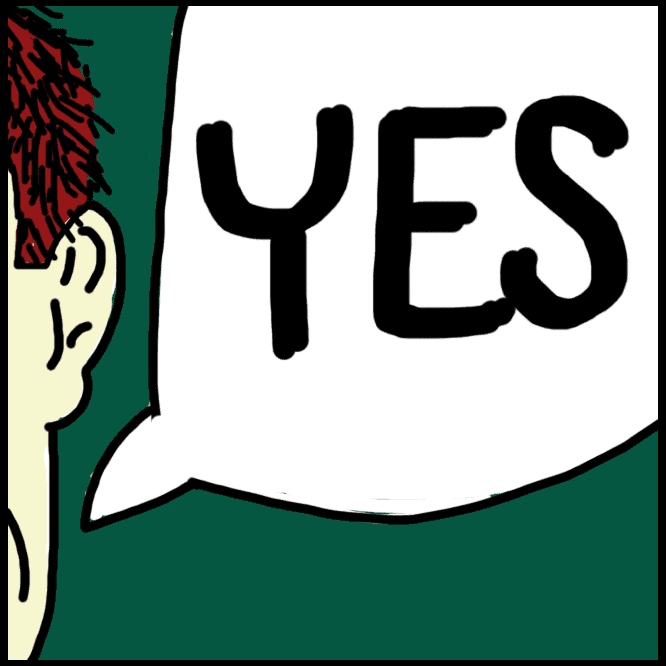©2011-2023 Less Accounting

We are using a web design shop as an example throughout this article, but these principles can be applied to almost any small business.
Let’s say you build websites for an average of $7,000 in cost, and you build 40 websites per year. Awesome. Your revenue is probably around $280,000 annually. Maybe two of those 40 clients ended in “not exactly friendly terms,” but you have 38 clients who you launched websites for and gosh darn it, they like you.
Now take those 38 clients per year and ask them for referrals. Maybe eight of them reply and agree to introduce you to one or two people each. This results in 12 new leads. Depending on your sales ability, you should be able to turn three to six of these leads into projects. That’s a revenue gain of $21,000-$42,000 just from asking for referrals.
See why asking for referrals is valuable? Okay, here is when and how to ask.
Steli Efti at Close.io says to ask even before the project starts. Here’s a podcast where Steli talks about referrals.
Now they’re celebrating their launch, and they’re excited to tell their friends about their new product/design, etc. In the spirit of promotion, ask them, “When you tell your friends about your website, could you mention we built it? Our business runs on referrals.” This works because they’re in good spirits, and they want to self-promote themselves in that moment.
Don’t be shy about asking for referrals. How do you time your referral requests for when the client isn’t too busy, distracted, or heads down on a project?
Unless you’re in frequent contact, it’s difficult to gauge how busy your client might be. If you suspect they’re very busy, contact them with an unobtrusive method like email, rather than calling and being sent to voicemail.
Email is great because you can craft your message carefully, and it doesn’t intrude on a client’s workday. Remember to include a call-to-action in your email, because you want that client to get back to you with a name/business lead you can follow up on. If you need ideas, here are nine different tactics you can use in an email.
A phone call is tricky, so plan first. Write up a little script or at least a short list of talking points. What will you say if it goes to voicemail? If you get the person, try to sense how busy they are, their mood, and so forth.
Ask if they are happy with your service. If they are, explain that referrals are the lifeblood of your business. Now ask if they can give you the name of someone else who would benefit from your service. Many people enjoy this–it’s fun to be in the position of “Sure, I know a guy who…”
If they can’t come up with an answer or they put you off, either ask a second time or finish the conversation quickly but politely. You can always wait and email them later, but for now move on.
Face to face is so much better because you’re able to pick up on all those visual clues you don’t have via email and phone. Even if you’re not an extrovert, your brain will gather a huge amount of data while you listen to your client. Be honest about the importance of a referral, and be gracious if the client refuses. Good things can only happen if you ask.
There are basically two camps–some people believe rewards drive people to do things, while others think there are inherent values like the goodwill an introduction builds.
Incentives call for careful judgement. Remember this is a client, not your employee, so be careful how you approach this. If you reward this client for a lead, you set a precedent. That person may tell everyone they know that you’re handing out discounts or coupons for referrals. In addition, incentives may kill what could have been a natural networking situation where your client is so happy with you that they felt the need to tell their peers.
You could reward your clients with money incentives based on what their referral spends on a project. This is basically an affiliate commission. Another idea is to send them a business gift. Or you might give them some in-kind work on their next project. No matter what, be clear in your expectations of the client and how you’ll reward them. Don’t sour your current relationship over a miscommunication.
Instead, talk about the emotional value of a good referral. This reminds the client that:
In his book The Tipping Point, Malcolm Gladwell talks about “connectors.” A connector is simply a person who knows many people, and habitually introduces them to each other. If you can identify connectors within your field and get to know them, there is a strong opportunity for you to gain referrals. After all, if Client A can only refer you to one person, but Client B can refer you to twenty, which one should you focus on?
When you consider how difficult it is to develop leads and find new clients for your business, you will realize how powerful referrals can be. Keep in mind that your clients are busy, so while they love your service, they may not remember to refer you to others…until you ask. Ask and good things will happen.